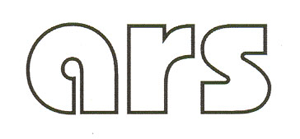Resumo em Português:
RESUMO Neste artigo, investigamos o informe, na obra de Hans Bellmer, como possibilidade de releitura da anamorfose a partir dos conceitos de diagrama e mancha, estudados por Kenneth Clark em seu texto “The blot and the diagram”. Dessa maneira, analisamos a relação entre corpo e cenário, ao explorar como Bellmer busca no studium, conceito de Roland Barthes, gerar ambiguidades, subvertendo a iconografia dedicada ao erotismo e os limites entre o exterior e o interior. Com base nesses processos, examinamos como o informe se desdobra da anamorfose e o evocamos, na obra de Bellmer, como dúvida, no instante em que a perspectiva e a anatomia são colapsadas pelo diagrama e pela mancha, dos quais se originam elementos de ordem abstrata e figurativa.
Resumo em Inglês:
ABSTRACT In this article, we investigate the formless in Hans Bellmer’s work as a possibility of re-reading the anamorphosis from the concepts of blot and diagram, studied by Kenneth Clark in his text “The blot and the diagram”. In this sense, we analyze the relationship between body and scenery, exploring how Bellmer seeks to generate ambiguities through the studium - Roland Barthes’ concept -, subverting the iconography dedicated to eroticism and the boundaries between exterior and interior. Based on these processes, we examine how the formless unfolds from the anamorphosis, in order to understand it as a doubt in Bellmer’s work when perspective and anatomy are collapsed by the diagram and the blot, from which elements of abstract and figurative order originate.
